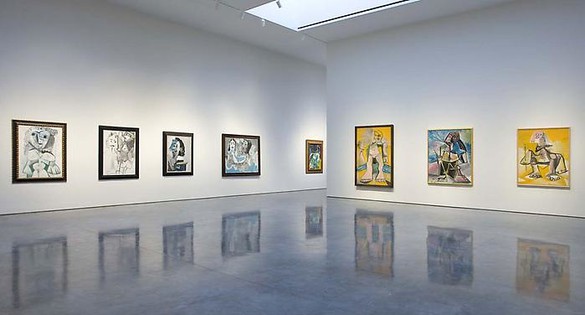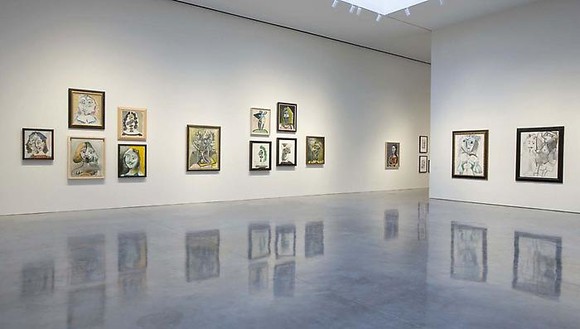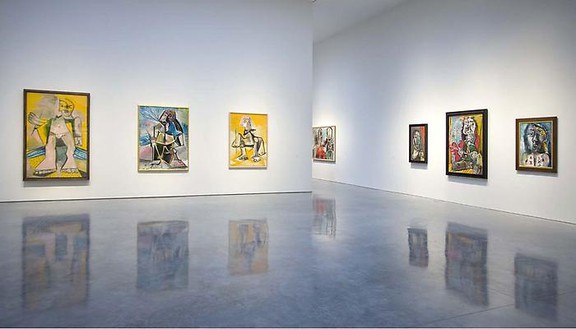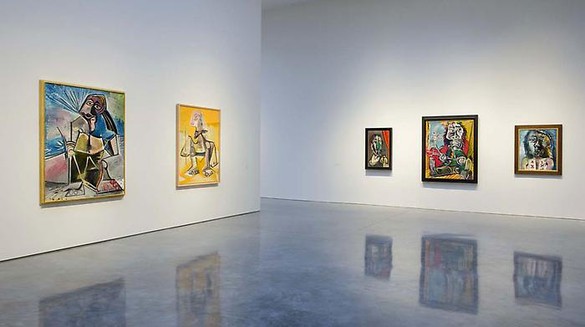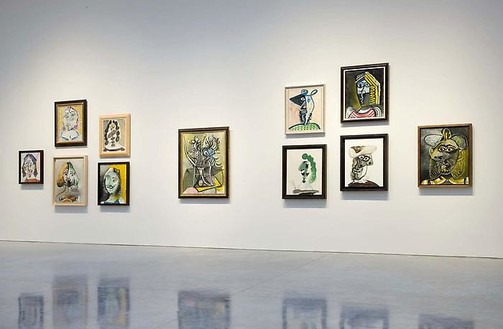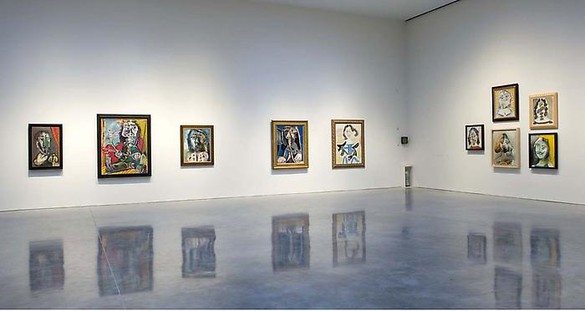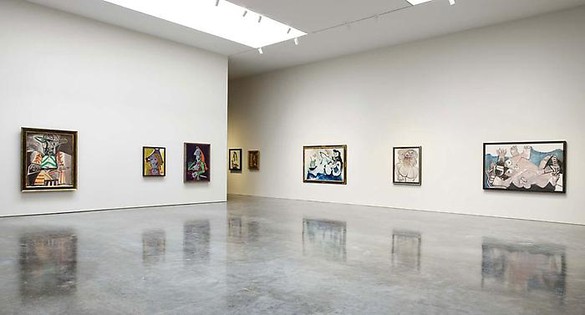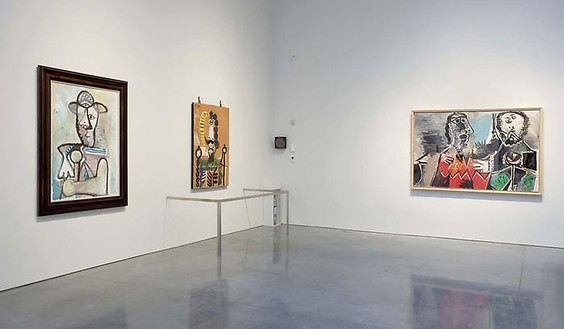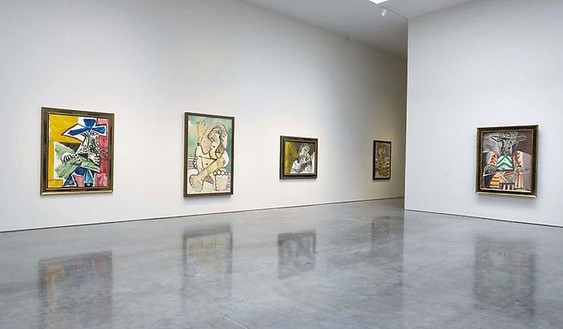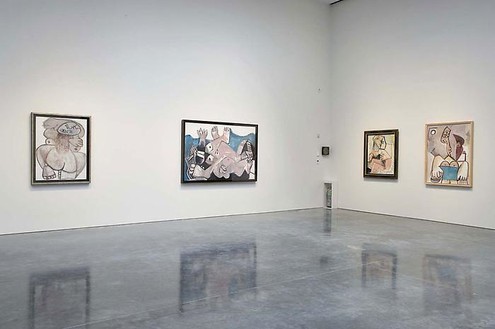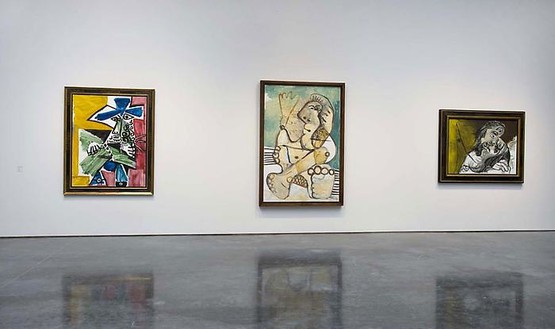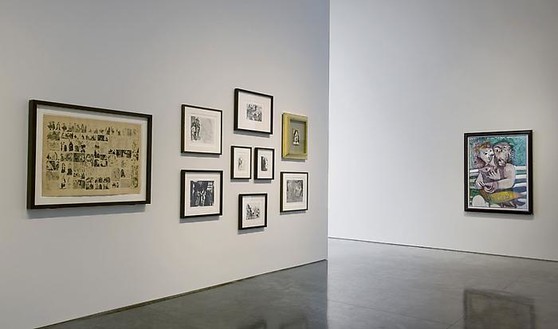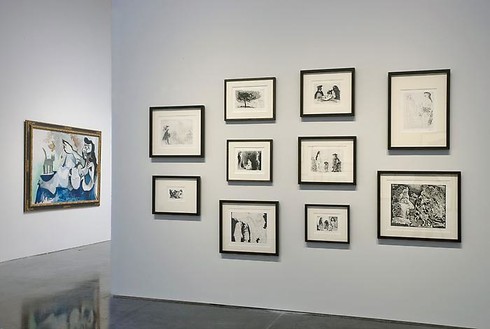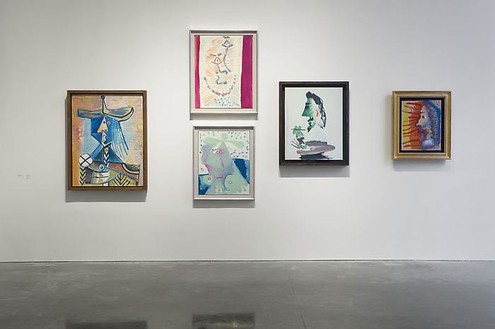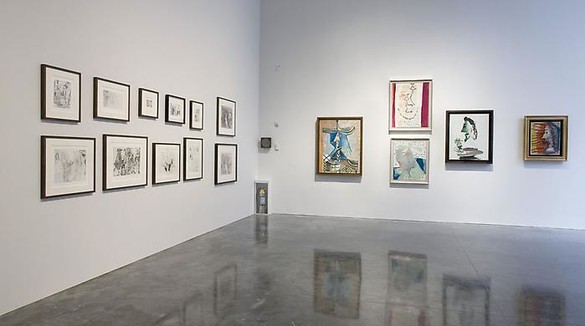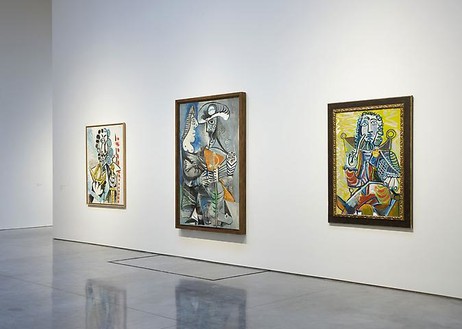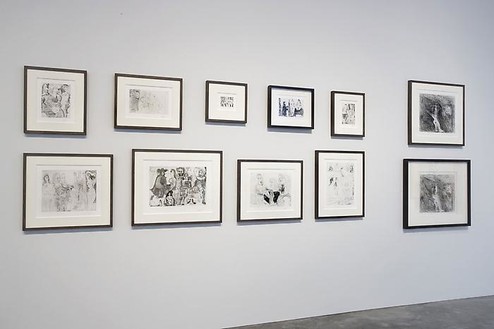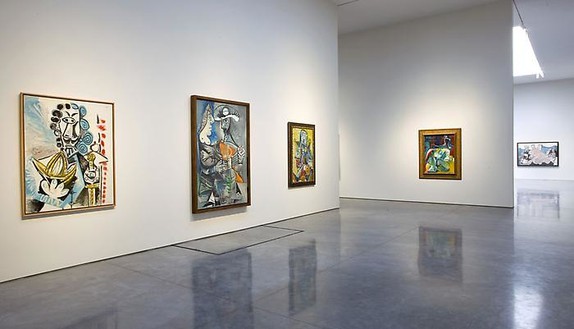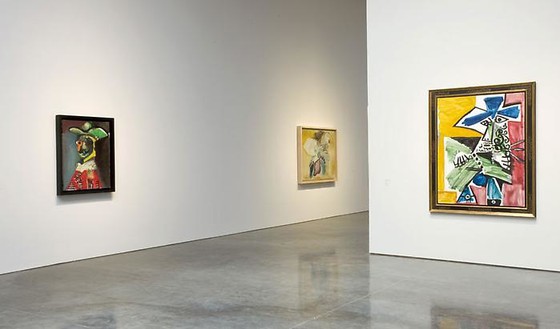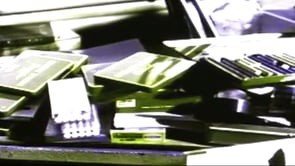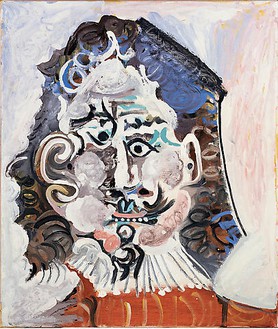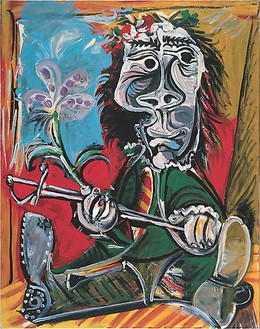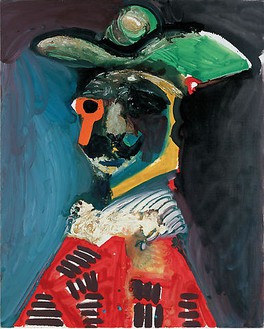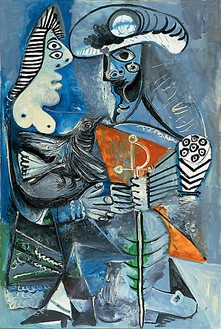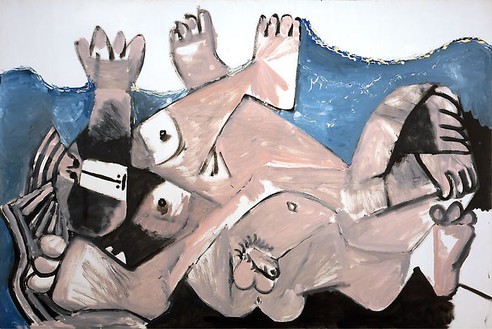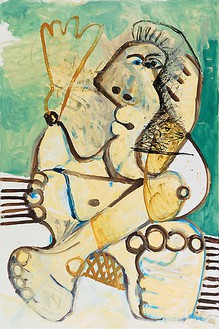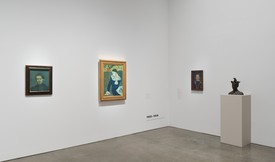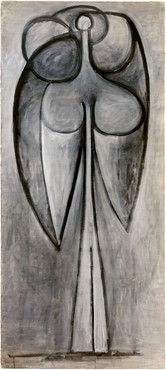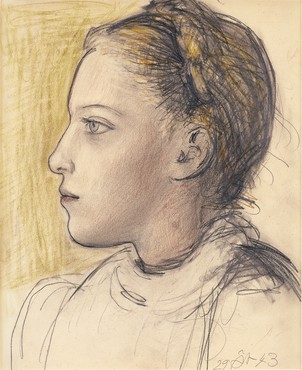About
I enjoy myself to no end inventing these stories. I spend hour after hour while I draw, observing my creatures and thinking about the mad things they’re up to.
—Pablo Picasso, 1968
Picasso: Mosqueteros is the first exhibition in the United States to focus on the late paintings since Picasso: The Last Years: 1963–1973 at the Solomon R. Guggenheim Museum in 1984. Organized around a large group of important, rarely seen works from the collection of Bernard Ruiz-Picasso, as well as works from the Museum of Modern Art, New York; the Museo Picasso Málaga, Spain; and other private collections, Picasso: Mosqueteros aims to expand the ongoing inquiry regarding the context, subjects, and sources of the artist’s late work. Building on new research into his late life through the presentation of selected paintings and prints dating from 1962 to 1972, the exhibition suggests how the portrayal of the aged Picasso, bound to the past in his life and painting, has obscured the highly innovative and contemporary nature of his late work.
The tertulia, an Iberian tradition of gregarious social gatherings with literary or artistic overtones, played a major part in Picasso’s everyday life, even after he moved to the relative seclusion of Notre-Dame-de-Vie, France, in the 1960s. The inner circle of Picasso’s last years differed from its precedents in that, in addition to the writers and artists whom Picasso had always favored, it included a contingent of imaginary personages—musketeers, matadors, cavaliers, prostitutes, circus performers—borrowed from the history of art or developed in conversation with his friends. These characters who fill the late paintings and prints were drawn from a vast array of sources, from the old masters to the media. As a body of work, Picasso’s late period is among the greatest demonstrations of his constant invention of the new, in terms of style, technique, and subject and, indeed, in relation to the history of his own creative output.
One figure who appears both in the imaginary world of the tertulia and, stripped of all pretense, in the pictorial present is Jacqueline Roque: muse, wife, and constant companion of Picasso during his late years. For all his prior attention to the nude, the scale and anatomical frankness of the late pictures, in which a Jacqueline-like odalisque is subjected to every manner of scrutiny, is unprecedented. The increasing sexual explicitness, whether a symptom of sublimated impotence or simply one of modern candor, is just one instance of Picasso’s awareness of the radical changes in contemporary art and culture in the late ’60s and early ’70s.
Share
Artist
Download
Behind the Art
A Foreigner Called Picasso
Join president of the Picasso Museum, Paris, Cécile Debray; curator, writer, biographer, and historian Annie Cohen-Solal; art historian Vérane Tasseau; and Gagosian director Serena Cattaneo Adorno as they discuss A Foreigner Called Picasso. Organized in association with the Musée national Picasso–Paris and the Palais de la Porte Dorée–Musée national de l’histoire de l’immigration, Paris, the exhibition reframes our perception of Picasso and focuses on his status as a permanent foreigner in France.
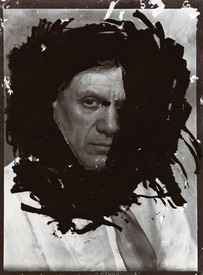
A Foreigner Called Picasso
Cocurator of the exhibition A Foreigner Called Picasso, at Gagosian, New York, Annie Cohen-Solal writes about the genesis of the project, her commitment to the figure of the outsider, and Picasso’s enduring relevance to matters geopolitical and sociological.
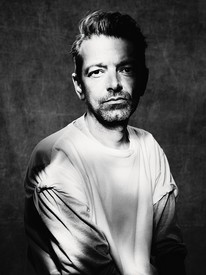
Fashion and Art: Pieter Mulier
Pieter Mulier, creative director of Alaïa, presented his second collection for the legendary house in Paris in January 2022. After the presentation, Mulier spoke with Derek Blasberg about the show’s inspirations, including a series of ceramics by Pablo Picasso, and about his profound reverence for the intimacy and artistry of the atelier.
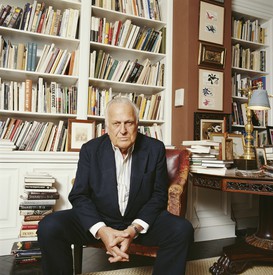
The Art of Biography: Sir John Richardson’s “The Minotaur Years”
Pepe Karmel celebrates the release of A Life of Picasso IV: The Minotaur Years, 1933–1943, the final installment of Sir John Richardson’s magisterial biography.
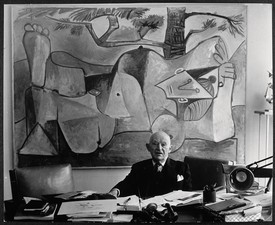
Game Changer
Daniel-Henry Kahnweiler
Michael Cary pays homage to the visionary dealer Daniel-Henry Kahnweiler (1884–1979).

Game Changer
Grace McCann Morley
Berit Potter pays homage to the ardent museum leader who transformed San Francisco’s relationship to modern art.
